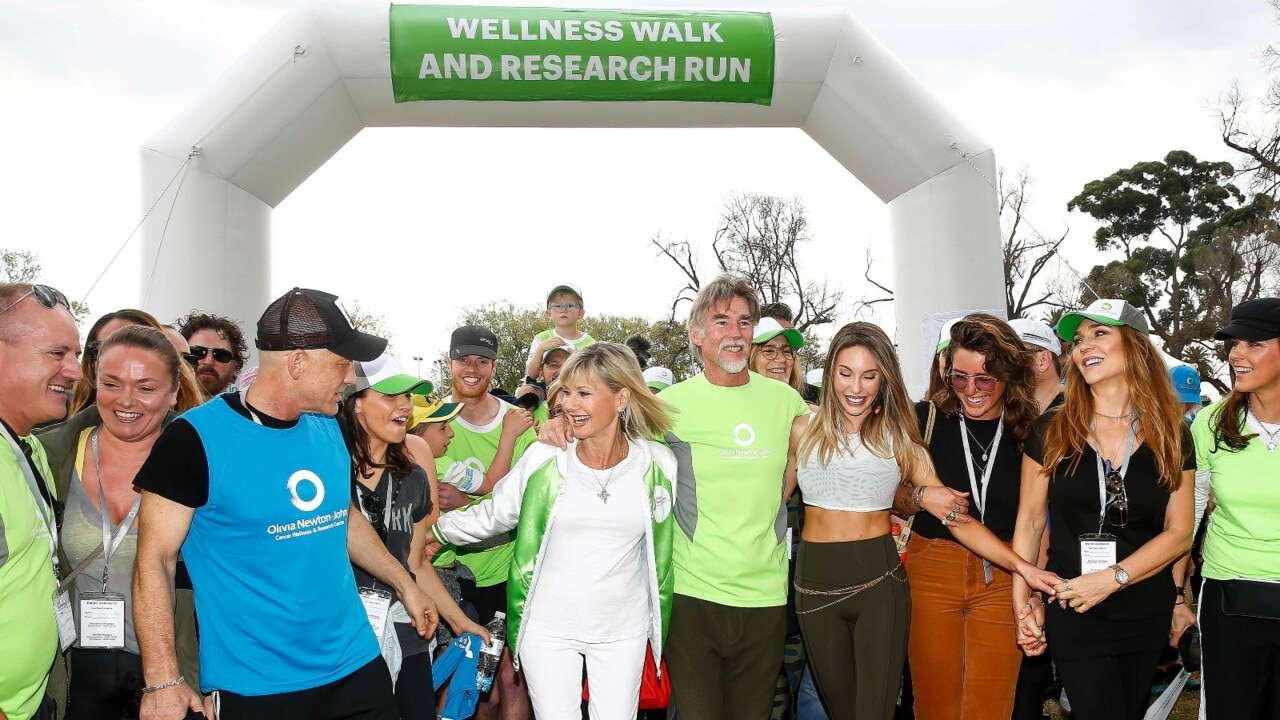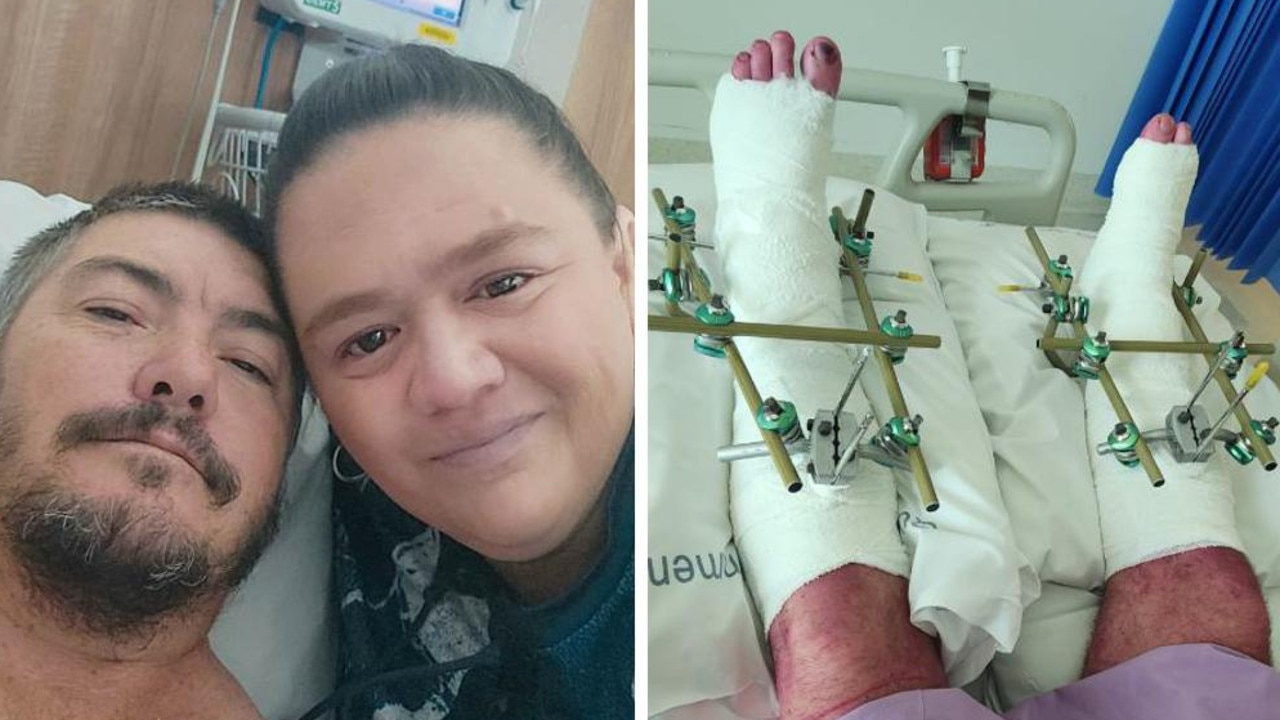Queensland is Australia’s sickest state: Full list of unhealthy suburbs
Queensland’s sunshine makes it a retirement mecca but there are factors that make it the unhealthiest state in Australia. Use our searchable tool to see how your suburb rates.

News
Don't miss out on the headlines from News. Followed categories will be added to My News.
Queensland’s status as a retirement mecca has seen it unceremoniously crowned Australia’s unhealthiest state, with eight of its regions home to high numbers of people with serious health conditions.
Bribie Island and Beachmere are collectively the country’s sickest regions, with the highest proportion of people suffering from the top 10 health conditions.
Data from the 2021 Census shows the region ranks number one nationally for cancer, heart disease, lung disease, kidney disease, arthritis and stroke, when cases are counted as a proportion of the population.
It also has the fourth-highest rate of diabetes and ranks 11th for dementia.
Bribie Island and Beachmere’s incredible white sand beaches make the region a desirable holiday location, but it’s also a magnet for retirees with almost two thirds of its population aged over 50, including 10 people aged over 100.
The older people get, the more likely they are to suffer from serious health conditions.
Hervey Bay ranks second in the nation for the proportion of the population suffering heart disease and lung disease and fourth in the nation for cancer and stroke.
Maryborough ranks third in the nation for the proportion of the population suffering mental health problems, fifth for stroke, eighth for diabetes, fifth for heart disease and fifth for cancer.
Bribie Island and Beachmere have the highest rate of diabetes, heart disease, lung disease, stroke and kidney disease in the state.
Ipswich has the highest rate of asthma in Queensland.
The Gold Coast North region has the highest rate of dementia in the state.
The Ipswich Inner region has the highest rate of mental health problems in the state and the country.

Rocklea-Acacia Ridge in Brisbane has emerged as the healthiest place in the state with almost seven in 10 people free of major illnesses like cancer, heart disease and diabetes.
The region, that takes in the suburbs of Rocklea, Acacia Ridge, Archerfiled, Heathwood and Calamvale, boasts a young population with almost three in four people aged under 50.
It is also highly multicultural with almost half the population born overseas and one in five people of Chinese ancestry, and one in 12 of Indian heritage.
Queensland Australian Medical Association (AMA) president Dr Maria Bolton said even though more hospital beds had been promised in the state budget to deal with soaring health problems many would not be available until 2028.
The main hospital for Bribe Island was the Caboolture Hospital.
“We know that Caboolture hospital, the emergency department has been particularly stretched throughout the pandemic and more so lately, there is a lot of ambulance ramping and people waiting in stretches to be attended to,” she said.
Nationally, the Great Lakes region of NSW which takes in Forster, Tuncurry and Bulahdelah is the second unhealthiest place in the country.
It has high rates of heart disease, lung disease, kidney disease, stroke, cancer, arthritis and it ranks number one for dementia.
Fifty seven per cent of the region’s population is aged over 50.
In Victoria, the Maryborough Pyrenees region ranks in equal third place nationally with high rates of stroke, diabetes, heart disease, lung disease, arthritis and mental health
In Tasmania, the South East Coast region has the second highest rates of cancer and arthritis in the country and Brighton has high rates of asthma and mental health problems.
In the Northern Territory, people with no fixed address have the nation’s highest rate of kidney disease.

It is the first time the national Census has collected information on diagnosed long-term health conditions.
Australian Medical Association (AMA) president Professor Stephen Robson said it was vital it was used to plan health service delivery.
While most major hospitals and health services are concentrated in the centre of our big cities, the census showed people with the most chronic health conditions live in rural and regional areas, he said.
Professor Robson said health policy makers had to figure out “how can we make it an attractive thing to move out of the lower north shore of Sydney and move into a place where you can have an enormous impact on a community living and working?”
The Australian Bureau of Statistics’ Dr David Gruen said the proportion of those with a long-term health condition increased with age and women were more likely to report a long-term health condition than men.
Asthma was the most commonly reported health condition for 0–14 year olds, with more boys (7.4 per cent) reporting asthma compared to girls (5.3 per cent).
More than half of Australians with Greek (56.1 per cent) and Italian (53.7 per cent) heritage reported one or more long-term health conditions.
The 2021 census also found:
• More than 8 million people had a long-term health condition.
• 4,791,516 people had one of the selected top 10 long-term health conditions.
• 1,490,344 people had two of the selected long-term health conditions.
• 772,142 people had three or more of the selected long-term health conditions.
TOP TEN HEALTHIEST REGIONS IN QLD
• Rocklea – Acacia Ridge 68.3 per cent
• Sunnybank 68.3 per cent
• Mt Gravatt 67.0 per cent
• Sherwood – Indooroopilly 66.5 per cent
• Brisbane Inner – West 66.3 per cent
• Brisbane Inner – East 66.0 per cent
• Kenmore – Brookfield – Moggill 64.8 per cent




